ABA Therapy and Toilet Training
Discover how ABA therapy and toilet training can lead to success and independence for individuals with autism.
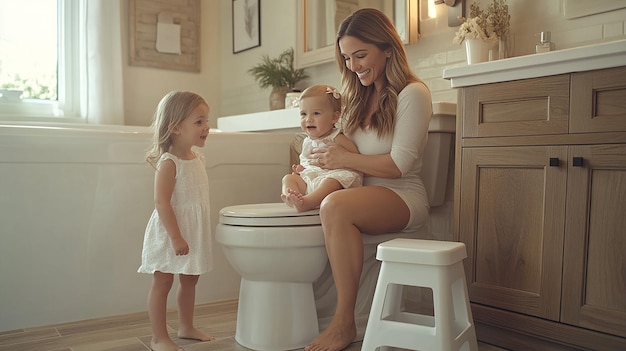
Understanding Toilet Training
Importance of Toilet Training
Toilet training is a significant milestone in a child's development, especially for children with autism or developmental delays. Mastering this self-help skill can contribute to increased independence and enhance overall quality of life. Research indicates that toilet training is one of the most frequently studied self-help skills in children with these challenges.
Acquiring toilet training skills helps children transition into various environments, such as school and community settings. It promotes social inclusion and reduces reliance on caregivers, allowing for greater self-sufficiency. Moreover, successfully mastering this skill can positively impact a child's self-esteem and confidence.
The process of toilet training can often be complex, particularly for children on the autism spectrum. They may face unique challenges in understanding the cues associated with using the restroom. However, with the right strategies, such as ABA therapy and visual supports, children can effectively learn and retain these essential skills.
To provide a clearer perspective on the impact of toileting skills, consider the following table summarizing the benefits and outcomes associated with successful toilet training for children with autism:
| Benefits of Successful Toilet Training | Impact on Child |
|---|---|
| Increased Independence | Ability to manage toileting needs without constant assistance |
| Enhanced Social Skills | Better integration into social settings like schools and playdates |
| Improved Confidence | Greater self-esteem from mastering an important life skill |
| Reduced Stigma | Less reliance on diapers can lead to decreased embarrassment in social situations |
As children progress in their toilet training journey, it is essential to adopt a consistent approach that aligns with techniques from ABA therapy. Strategies such as positive reinforcement and a structured routine will prove beneficial in achieving successful toilet training outcomes.
ABA Therapy for Toilet Training
Incorporating ABA therapy in toilet training can significantly aid children with autism. This method leverages behavioral techniques to teach and reinforce appropriate toileting behaviors, making it an effective option for parents and caregivers.
Role of ABA in Toilet Training
ABA therapy focuses on modifying behaviors through structured interventions and reinforcement strategies. According to a study by Schum et al. (2001), using ABA principles for toilet training children with autism resulted in significantly improved outcomes compared to other methods. The key elements involve building a consistent routine, utilizing positive reinforcement, and maintaining a supportive environment for learning.
A school-based program successfully taught toileting skills to five children with autism or developmental delays by focusing on gradual time intervals between bathroom visits and immediate reinforcement for successful urination in the toilet. Such evidence highlights the effectiveness of ABA techniques in promoting independence in toileting for children on the spectrum.
ABA Techniques for Success
Several techniques are employed in ABA therapy to enhance success in toilet training:
| Technique | Description |
|---|---|
| Building a Routine | Establishing a consistent schedule helps children anticipate bathroom visits. |
| Using Visual Schedules | Visual aids guide children through each step of the toileting process. |
| Incorporating Rewards | Immediate reinforcement for successful attempts encourages continued effort. |
| Regular Practice | Allowing children to practice frequently promotes familiarity with the process. |
| Positive Reinforcement | Praising successes and maintaining a neutral response to accidents fosters growth. |
An effective approach includes using strong reinforcers, placing the child on the toilet at scheduled intervals, and gradually increasing the time between bathroom visits. Reinforcement for dry pants and encouraging children to initiate toileting when they can stay dry for extended periods are also crucial.
In conclusion, ABA therapy provides valuable strategies for toilet training children with autism, promoting learning through consistent routines and positive reinforcement. For additional insights on how ABA can help with other challenges, check our resources on aba therapy for functional communication training and aba therapy and adaptive skills.
Parental Involvement in ABA Toilet Training
Parental involvement is crucial in the process of toilet training children with autism through ABA therapy. Parents can play a significant role in facilitating the successful training of their children.
Supporting Your Child
Parents and caregivers can assist their children during potty training by ensuring that the child is healthy and comfortable. Creating a sensory-friendly bathroom environment can help alleviate any anxiety associated with toilet training. Utilizing social stories, which describe the steps involved in toilet training, can provide children with autism a clearer understanding of the process [3].
Establishing a reward system can also encourage children's participation in the training process. Rewards can range from verbal praise to small tangible incentives, helping children connect the desired behavior with positive outcomes. If challenges arise, parents are advised to seek guidance from ABA specialists to ensure they are on the right path.
Collaborating with ABA Specialists
Collaboration with ABA specialists is vital for a successful toilet training experience. ABA therapy involves breaking down the potty training process into manageable steps, which may include using visual supports such as schedules and cues. These tools provide structured information, making it easier for a child to grasp what is expected during the training.
Additionally, specialists can provide personalized approaches tailored to the specific skills of the child. Advice from professionals like Dr. Lapin from The Place for Children with Autism emphasizes the importance of individualizing procedures based on each child's unique needs and abilities.
Working hand-in-hand with ABA professionals ensures that parents have access to effective techniques and strategies, supporting their child in achieving independence during toilet training. For further guidance, explore related topics, such as aba therapy for adaptive skills and aba therapy and visual supports.
Steps in ABA Toilet Training
Implementing ABA therapy in toilet training requires a systematic approach. The process focuses on establishing routines and using visual supports to assist individuals with Autism in understanding and mastering toilet training.
Creating a Structured Routine
Creating a structured routine is essential in ABA toilet training. This involves breaking down the training into manageable segments and consistently reinforcing positive behaviors. The following steps outline the structured routine approach:
- Preparation: Initiate the training when the child shows readiness signs, such as staying dry for extended periods.
- Schedule: Establish a regular schedule for toilet visits, which may include going to the bathroom after meals or every couple of hours.
- Positive Reinforcement: Utilize rewards or praise when the child successfully uses the toilet. This reinforces the desired behavior and encourages repetition.
The consistency of this routine helps the child develop a sense of expectancy regarding toilet use, which is crucial for success.
Visual Supports and Schedules
Utilizing visual supports enhances the effectiveness of ABA toilet training. These supports help break down the potty training process into manageable steps and facilitate understanding through visual cues.
- Visual Schedules: Create a visual schedule that outlines each step of the toilet process. This may include icons or images representing each stage, such as "pull pants down," "sit on the toilet," and "wash hands."
- Social Stories: Implement social stories that narrate the toilet training experience in a friendly manner. These stories can help the child grasp what to expect and reduce anxiety surrounding the process.
- Cues: Use visual cues such as pictures or symbols placed in the bathroom to remind the child of the steps involved in using the toilet.
Incorporating these visual elements provides structured information, ensuring the child understands what is expected during each phase of toilet training. By combining a structured routine with visual supports, the toilet training process becomes clearer and more accessible for individuals with Autism. For further insights on related topics, explore our articles on aba therapy and visual supports and aba therapy and adaptive skills.
Challenges and Strategies
Toilet training can present unique challenges for children with autism. Understanding these hurdles and implementing tailored strategies is essential for a successful transition.
Overcoming Toilet Training Hurdles
Some children with autism may need to learn to tolerate sitting on a toilet before initiating the toileting process. Individualized potty-training procedures are crucial, as each child’s capabilities vary significantly. Certain children may require desensitization to the toilet environment, which can be facilitated by making the bathroom a fun place. Suggestions include allowing the child to sit on the floor, playing music, or watching videos while they familiarize themselves with the restroom environment.
Personalized Approaches
Creating a personalized toilet training plan is essential. When transitioning from diapers to the toilet, a structured schedule can be beneficial. Experts recommend taking the child to the toilet every 10 minutes to start, gradually increasing time intervals based on their progress. Utilizing a powerful reinforcer alongside positive reinforcement techniques can greatly enhance the effectiveness of the training [4].
Once skills are mastered, it is advisable to gradually fade the use of visual cues and rewards. This promotes independence and long-term success in toileting [3].
An effective approach often incorporates behavioral interventions like Intensive Individualized Intervention. These strategies have shown promise in improving not only toileting skills but also social communication and reducing challenges related to eating, sleeping, and other daily routines for individuals with Autism Spectrum Disorder (ASD).
By addressing the specific challenges faced during toileting and employing personalized strategies, parents and caregivers can foster a smoother toilet training experience for their children with autism.
ABA Toilet Training Outcomes
Achieving Success
The implementation of ABA therapy in toilet training for children with autism has shown promising outcomes. Techniques derived from ABA principles can significantly reduce the time needed for children to learn how to use the toilet effectively. According to research by Davis et al. (2011), some children have mastered potty training in as little as three days using ABA methods.
A school-based program exemplified these remarkable results, helping children retain urine in their bladder for 2 hours or more post-implementation. This not only highlights the efficiency of ABA but also underscores its adaptability to children's needs.
| Method | Average Time to Success |
|---|---|
| ABA Techniques | 3 days |
| Other Methods | 2 weeks or more |
The individualized approach provided by trained Board Certified Behavior Analysts (BCBAs) ensures that strategies align with a child's existing skills. This personalized support is crucial for success in achieving toilet training goals.
Long-Term Independence
The ultimate aim of ABA therapy in toilet training is to promote long-term independence for children with autism. A study by Schum et al. (2001) emphasized that using ABA led to significantly higher successful training outcomes compared to alternative methods [3].
Through consistent reinforcement and structure, children can develop the skills needed for independent toileting. Furthermore, behavioral interventions utilized in ABA are not limited to toilet training. They improve broader functional skills, including communication and social interactions, contributing to overall adaptive skills development.
For parents and caregivers, collaboration with ABA specialists can yield positive outcomes, fostering a supportive environment that encourages autonomy in toileting. Resources such as aba therapy for adaptive skills can provide further guidance on promoting independence beyond toilet training.
References
Find More Articles
Contact us
North Carolina, Tennessee, Nevada, New Jersey, Utah, Virginia
New Hampshire, Maine
Massachusetts, Indiana, Arizona, Georgia
.avif)





.jpeg)




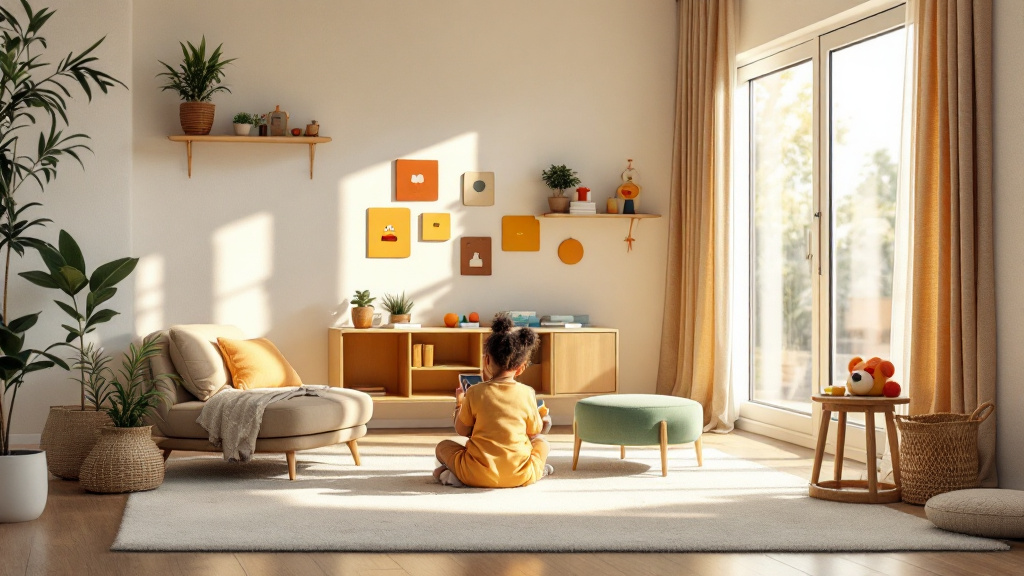









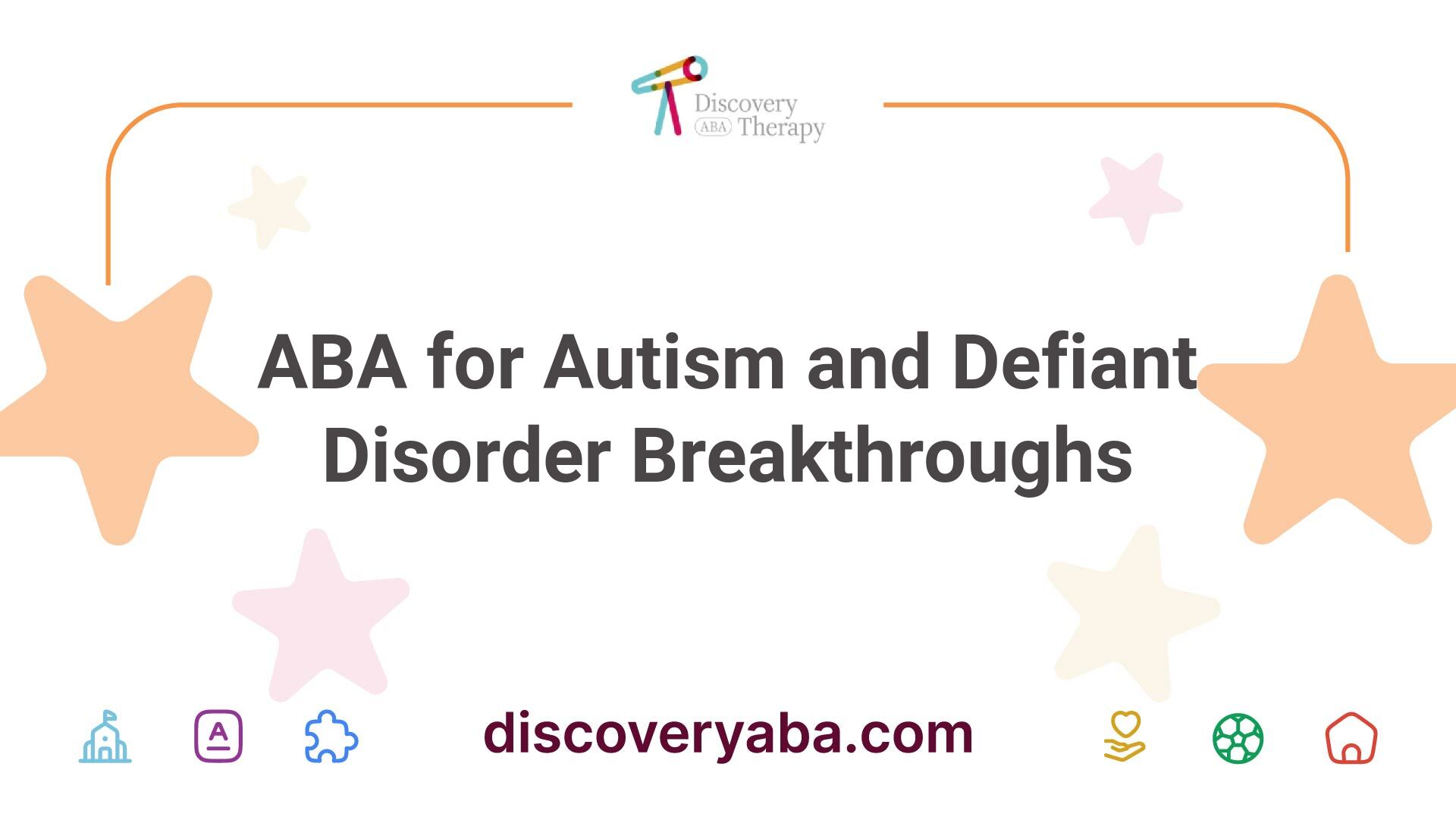





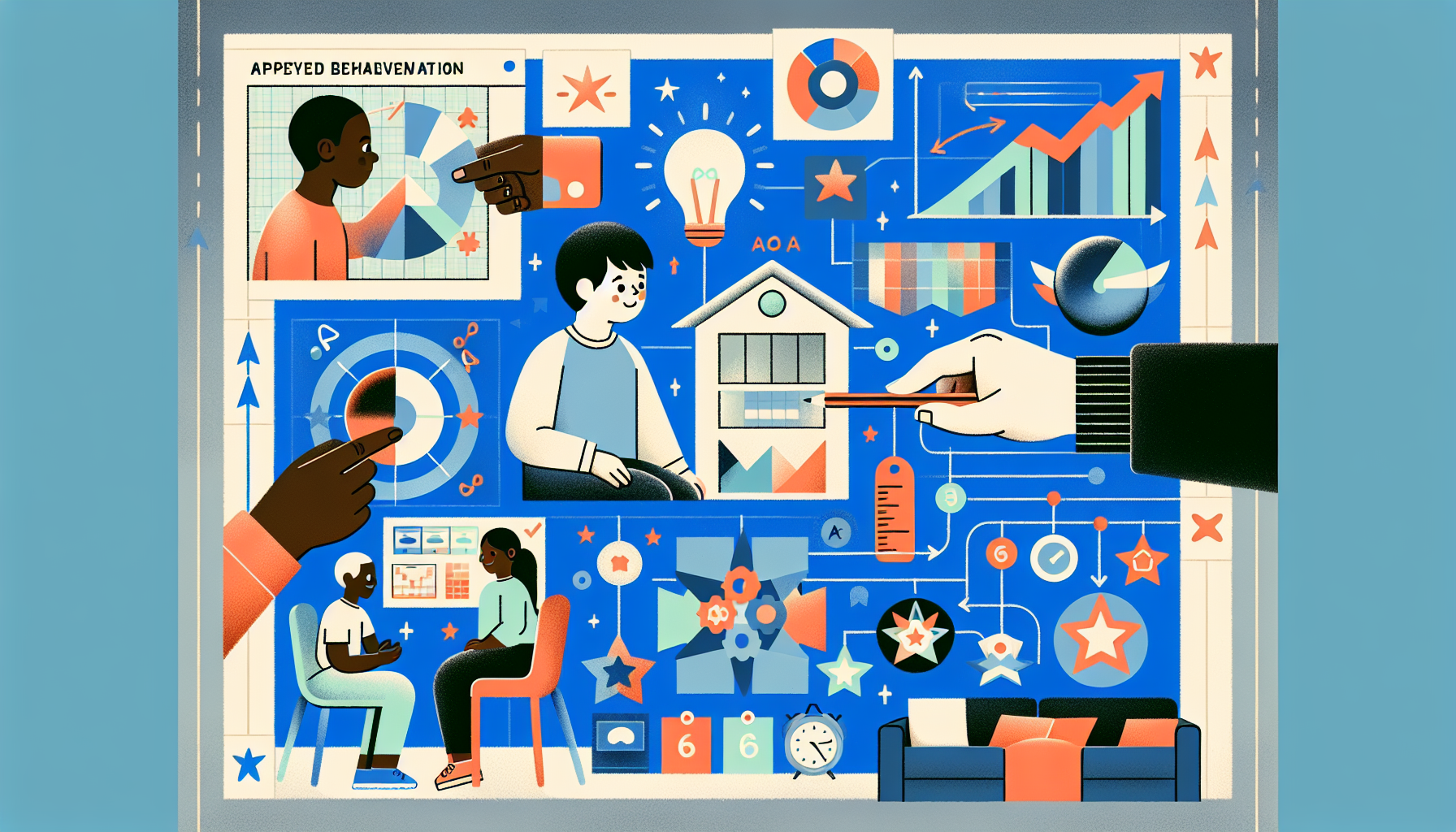
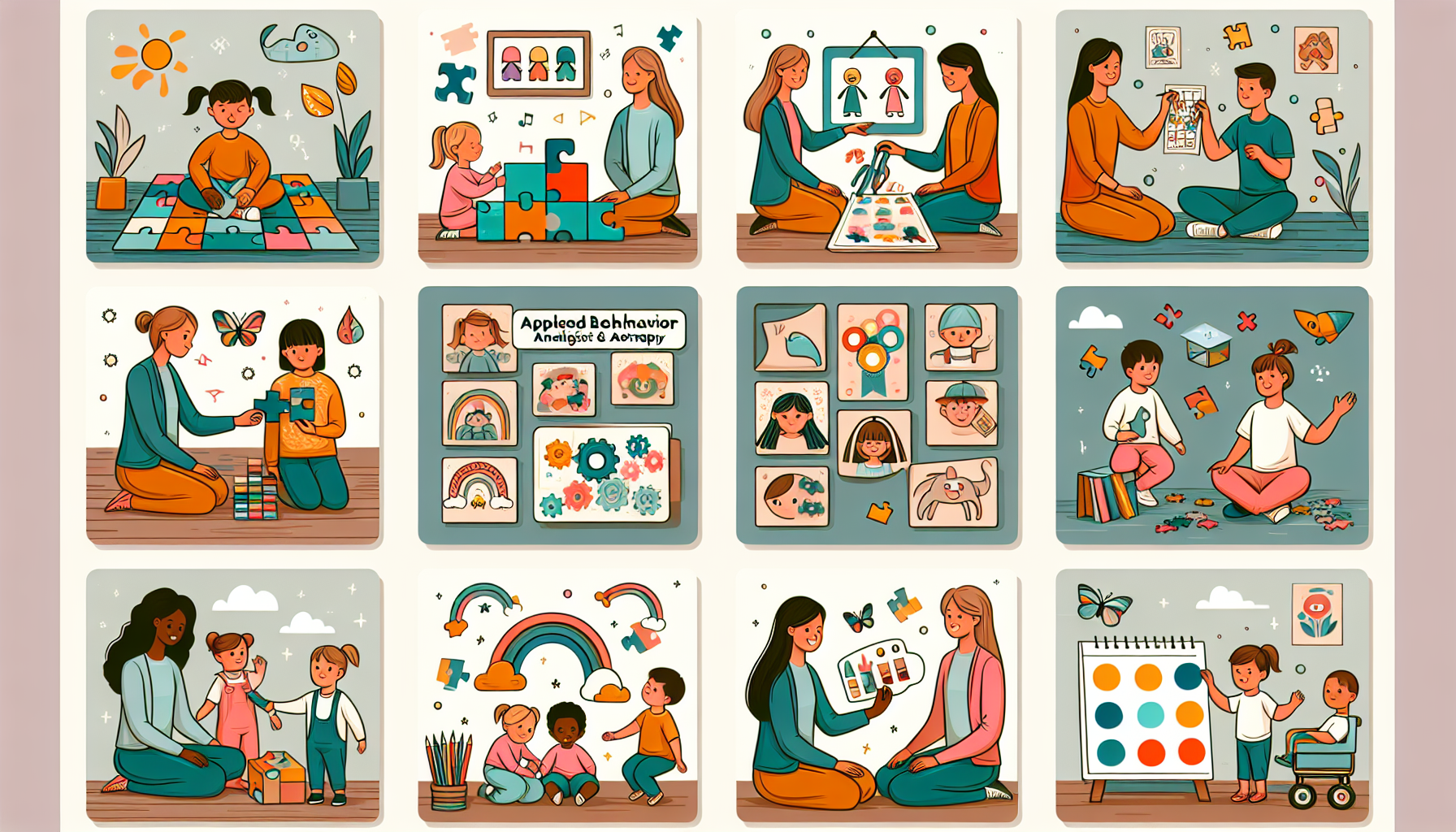
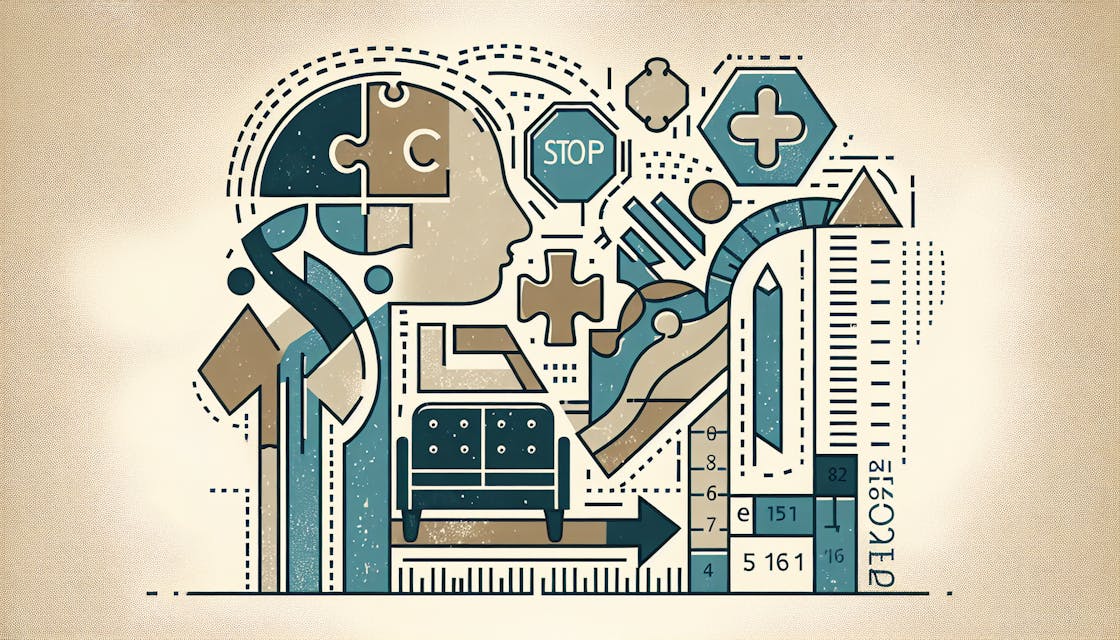


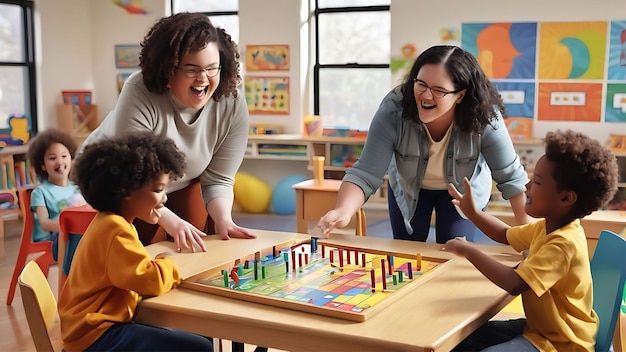

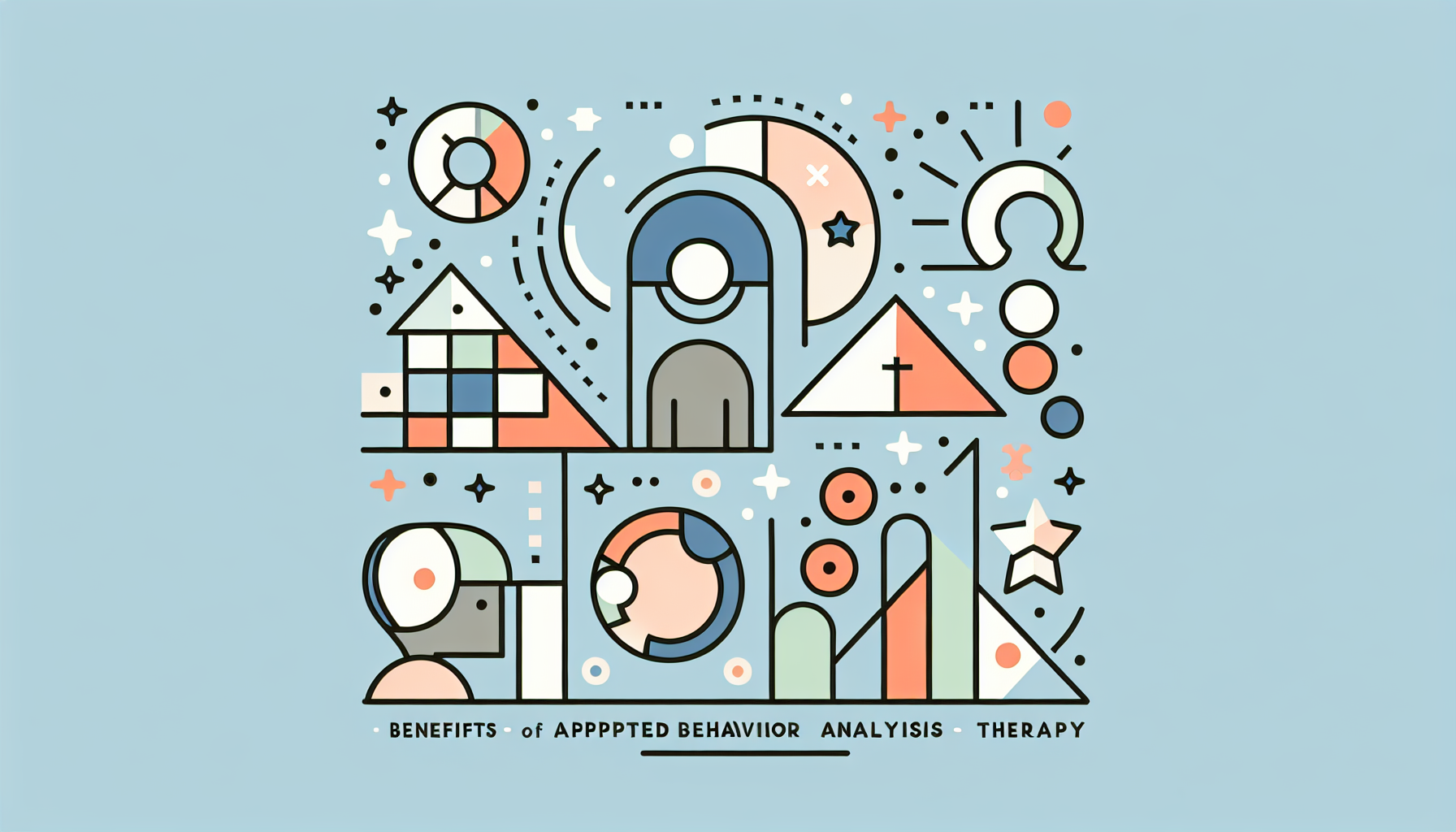






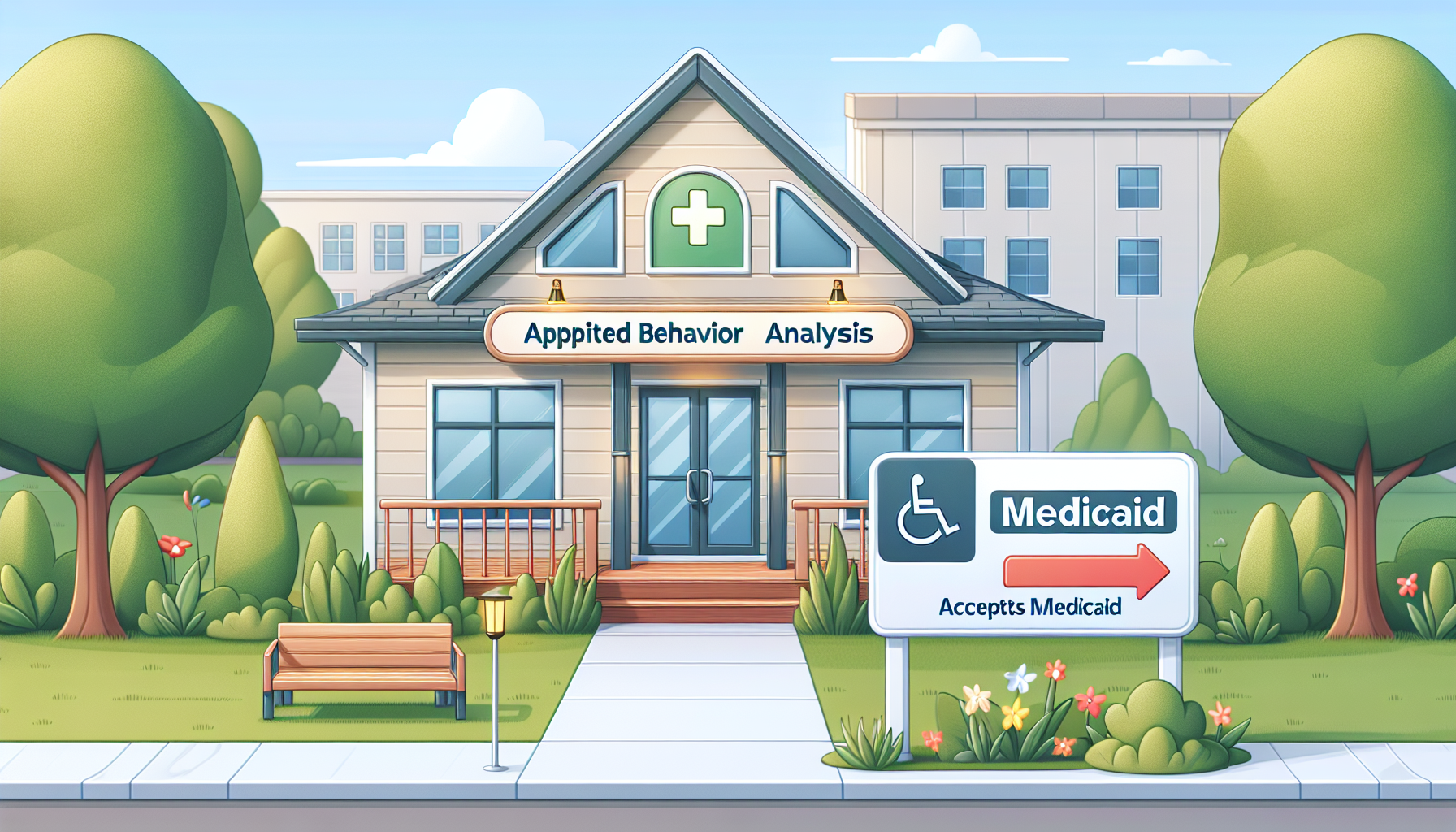

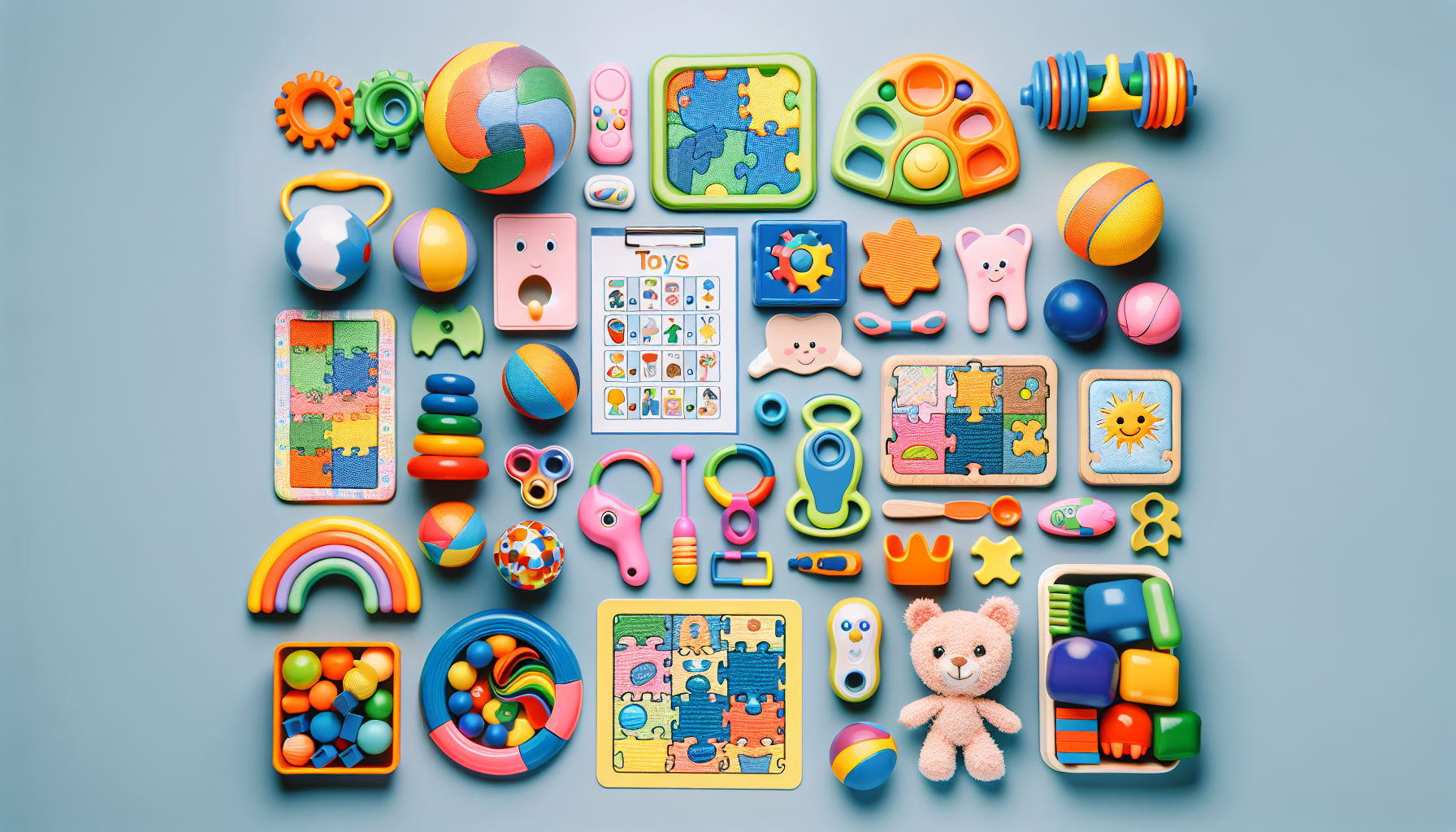


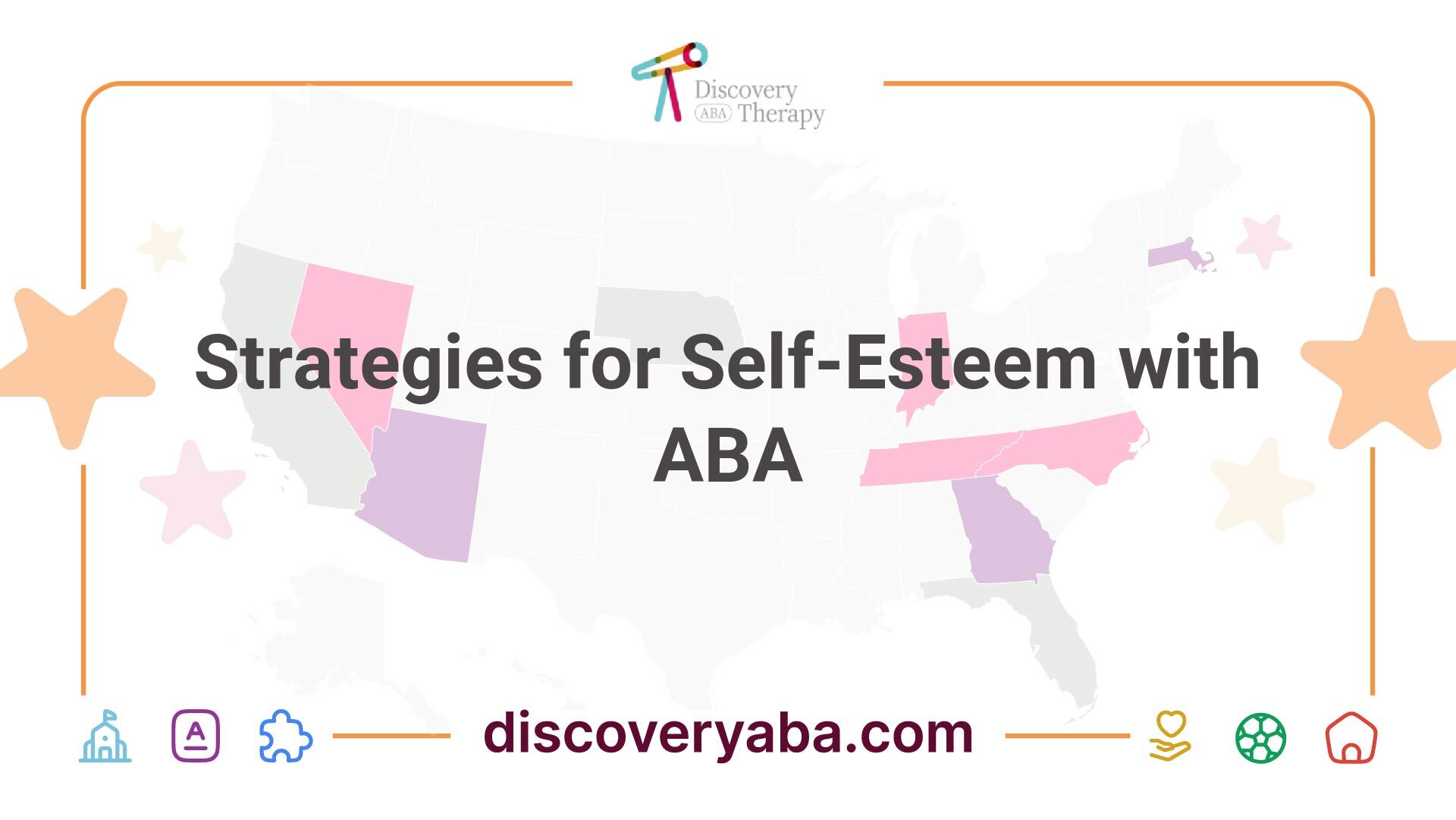




.jpeg)







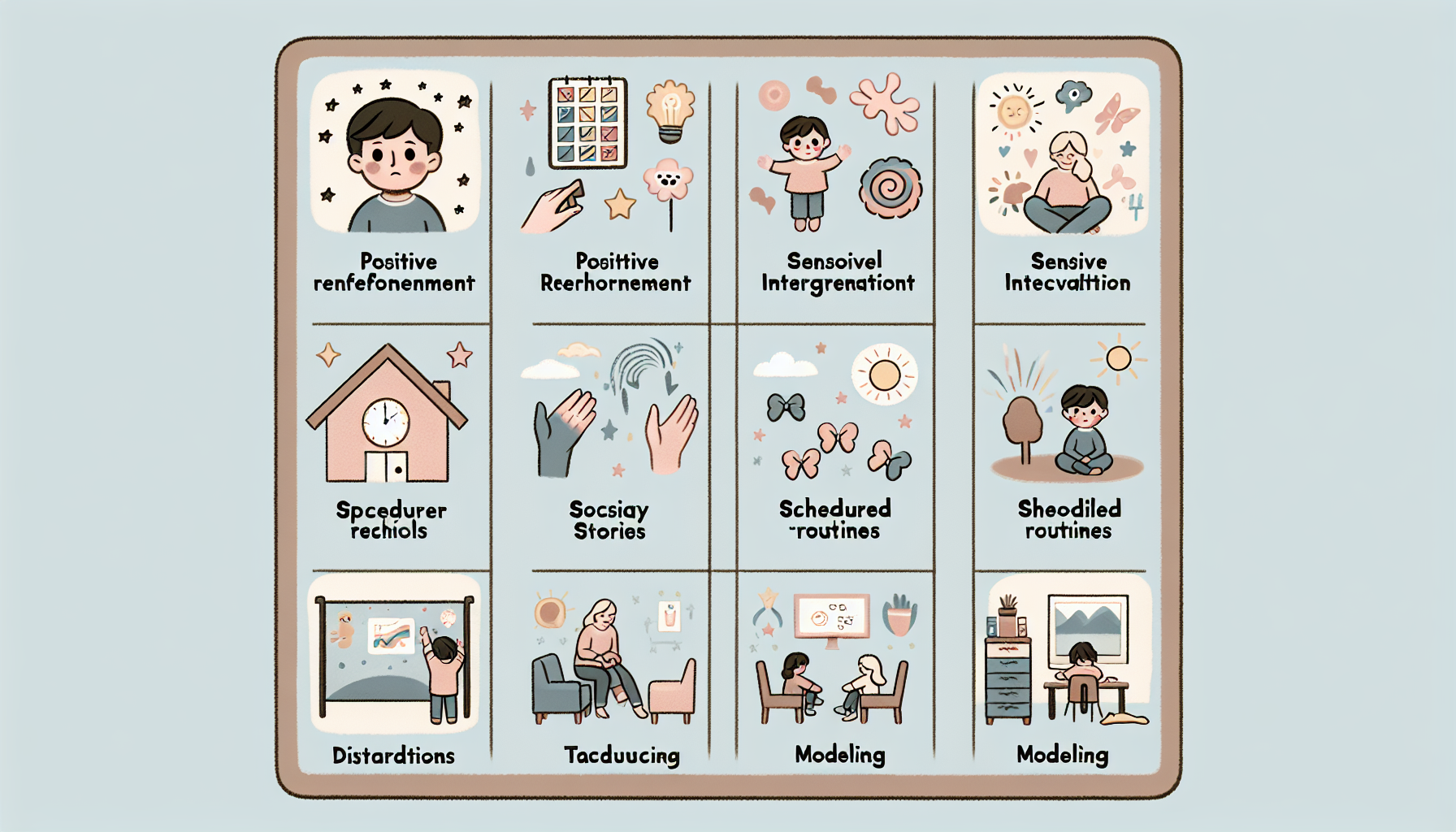

.jpeg)
.jpeg)



.jpeg)




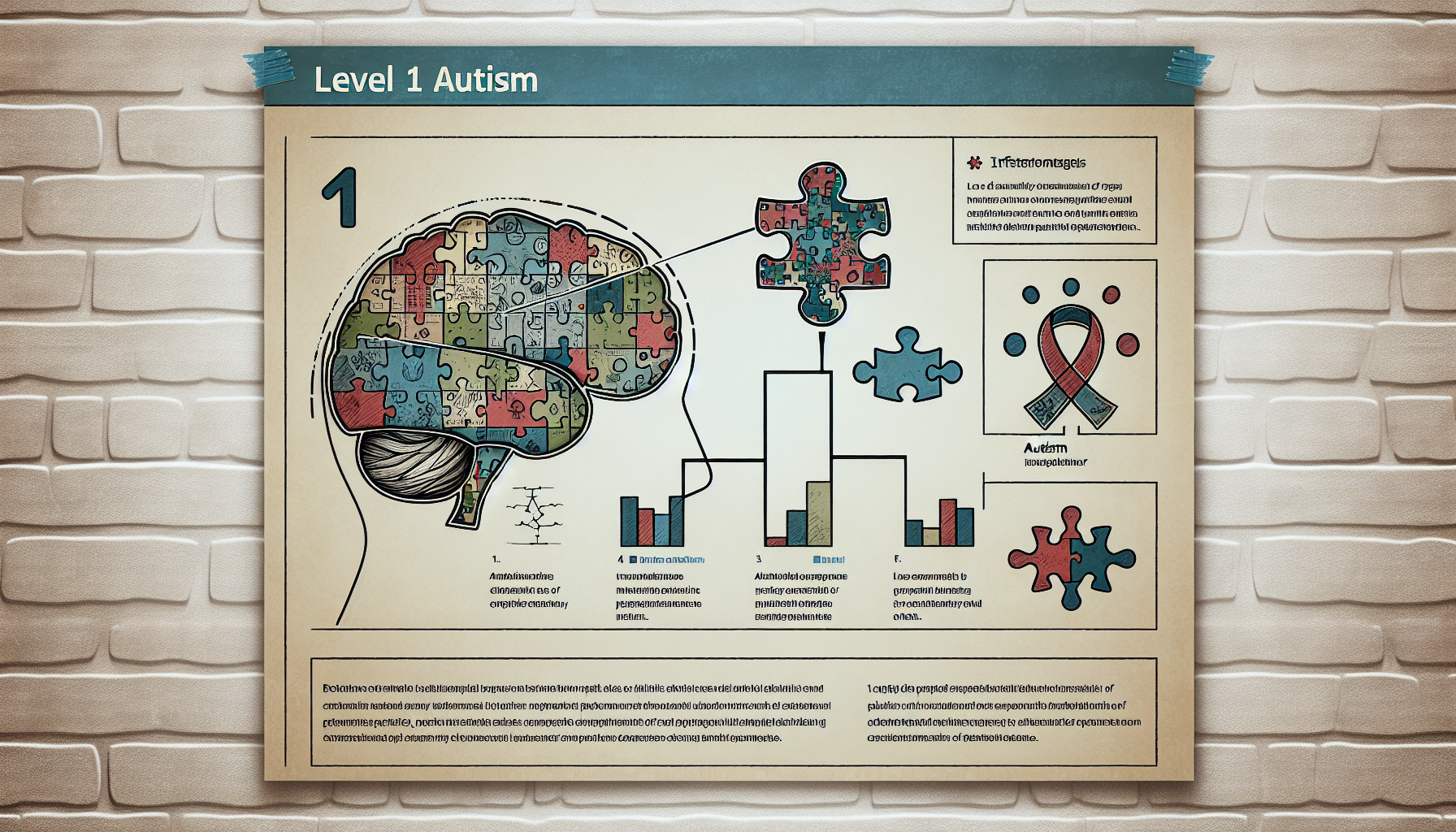











.jpeg)
.jpeg)


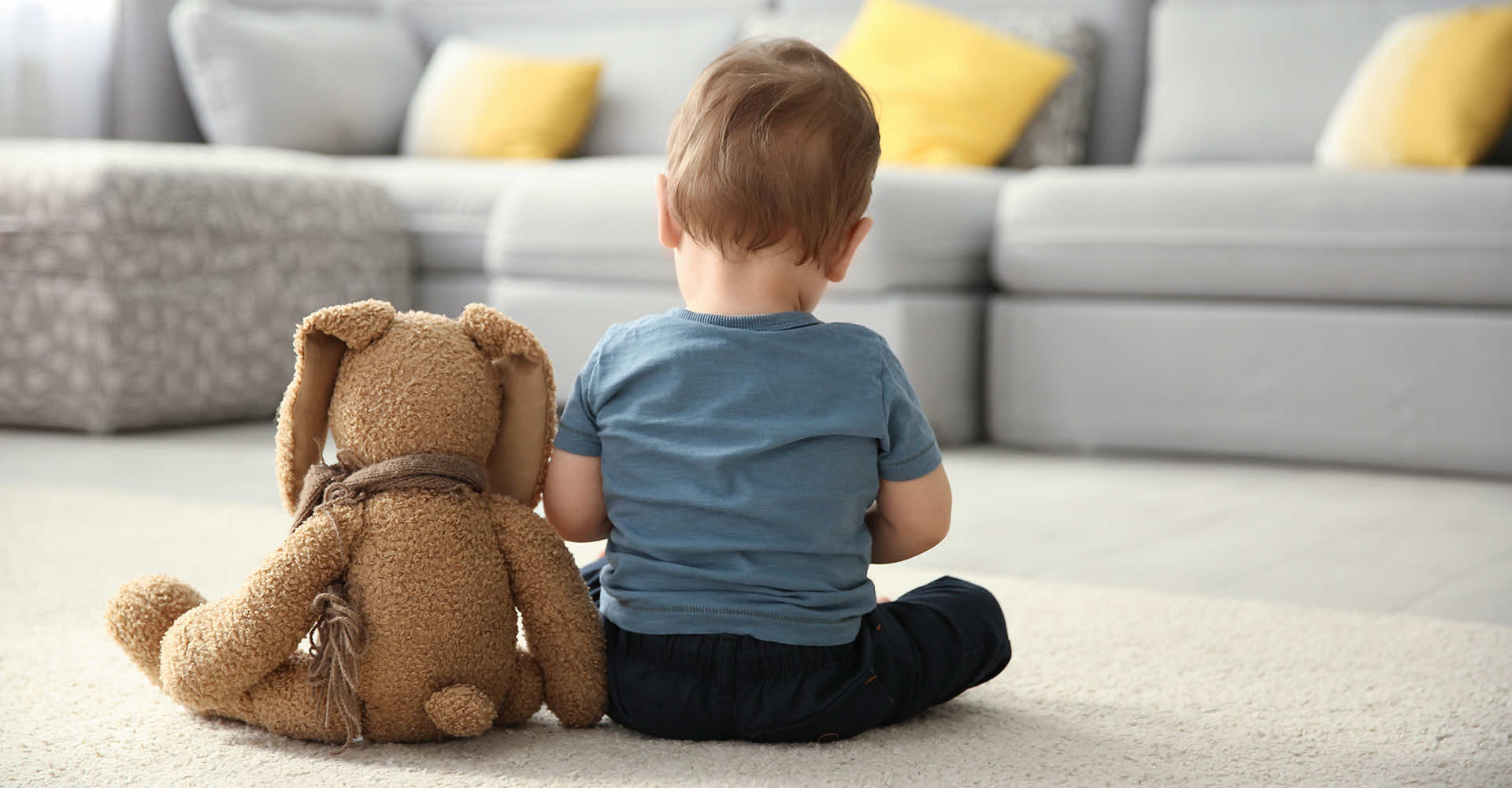
.jpeg)
.jpeg)









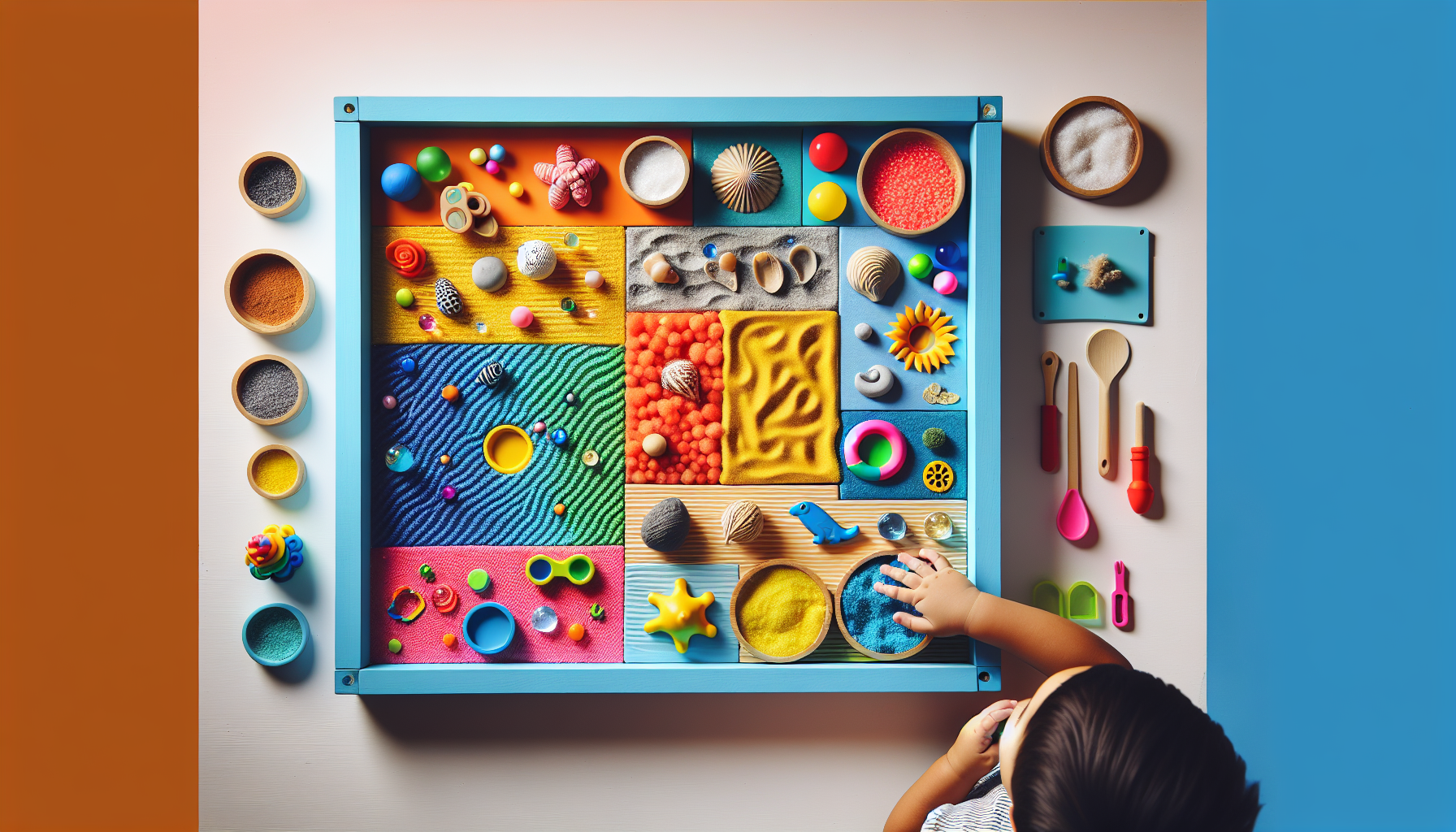

.jpeg)
